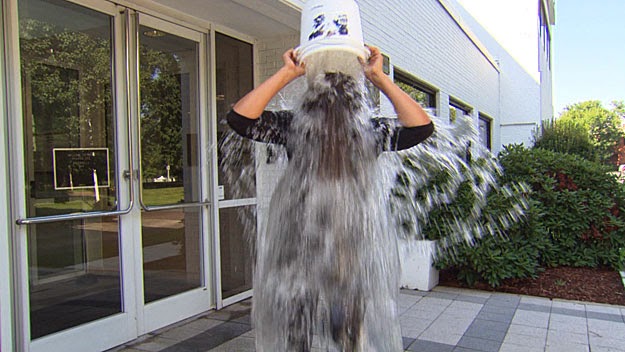Paul Simister, a UK business strategy coach suggested that the Unique Selling Proposition for brands is all but dead. It should be replaced by the USP (Unique Story Proposition). I completely agree. Paul suggests thinking about a new USP that…
- Makes a short statement to differentiate your business based on what you stand against.
- Recognizes that USPs don’t exist in markets where the businesses are more interested in copying each other than in being different.
- Creates a Unique Story Proposition that focuses on what matters to the customer and what matters to you
“Our toothpaste will whiten your teeth, refresh your breath, heals your gums, relax your wavy hair and increase your Twitter following”
Markets aren’t what they once were when Rosser Reeve conceived the USP in the 1940’s. Channels are fragmented. Brands proliferate. Selling has changed in dramatic ways and consumers learn about products through new platforms and from their own communities not solely from advertising.
The power has shifted and my friend’s recommendation to try a new wine or running shoe carries far more influence than an ad. Brands must align and can’t just hit me over the head over and over and over again with messages that interrupt me without my permission.
In the 1990’s P&G developed a USP for Pampers that they were the driest diaper of all the choices. Over time, consumers became emotionally connected to Huggies and challenged Pampers. As Bernadette Jiwa, an Australian marketing thought leader describes, the consumer doesn’t want different, they want difference.
The distinction is important.
The distinction is important.
The consumer falls in love with products that make a difference in their lives not because of a product’s features.
A unique story is vital to a brand’s health. It helps to embed the benefits of building a relationship with a consumer in ways that advertising just can’t match. Sharing within your community turns GRP’s (Gross Rating Points) on its head.
Can you imagine the ALS Ice Bucket Challenge as an advertisement working versus what happened on social media as friends challenged friends? It was the shareable story that motivated millions to donate and dunk themselves – not a paid advertisement.
What is your Unique Story Proposition?
How is it different from your competitors?
Is it authentic to your company’s values?
Is everyone in your organization telling the same story in their own voice?
Where does the storytelling happen?
What time of day is best for sharing your story?
Does it align with the needs of the community you serve?
Who is telling your story – your customers or your ad agency?
Jeffrey Slater
MomentSlater





